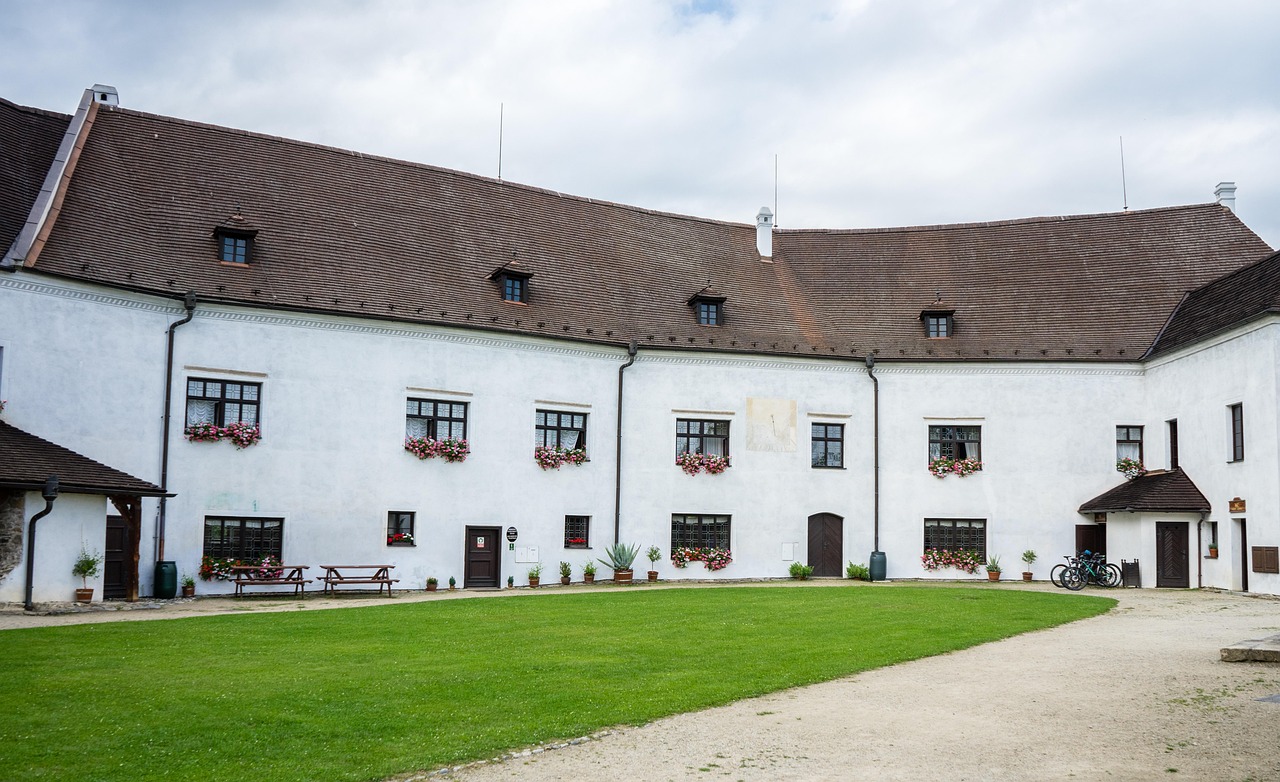You ever see a roof and think—that don’t look right? Like someone stretched it out too far, ironed the top, and then just slapped some shingles on like sprinkles on cold toast? That’s sorta what happens when you get into low-slope roofs with shingles. And yeah, sometimes it works. But sometimes, man… it just absolutely doesn’t.
Let’s talk about that. Or rather, ramble around it for a bit, ’cause this ain’t a clean topic. There’s corners, leaks, regrets.
Wait – What’s a Low-Slope Roof Again?
Right, before going too sideways—so a low-slope roof is one that kinda looks like it gave up halfway up. Usually we’re talkin’ pitches less than 4:12. That means for every 12 inches horizontal, the thing only rises 4 inches. It’s not quite flat, but close enough to make water think, “Hey, I can chill here for a while.” And water chilling is usually the start of most roofing horror stories.
I knew a guy, Tony, who built a cabin in Michigan with a 2:12 slope and used architectural shingles ’cause they were on sale. The roof didn’t even last the winter. Rain hit, sat, froze, un-froze, and just… bled through like the roof was made of wet paper. Tony swore a lot that year.
A roof is considered low slope when the pitch is below a 2:12. This means any roof that’s less than 2 vertical units (inches or feet) up for every 12 horizontal units out is considered low slope or flat. A roof with a low slope doesn’t have enough pitch for water to drain normally down to the gutters. Because of this, it needs a certain type of roofing material.
https://www.billraganroofing.com/blog/low-slope-roof
Why Would Anyone Use Shingles on a Low-Slope?
Okay, so here’s the weird part: people do it. A lot. And sometimes, it’s even allowed. Most shingle manufacturers—like the big names, GAF, CertainTeed, Owens Corning—they say “sure, go ahead” for a 2:12 pitch, if you use double underlayment. You gotta layer it up like it’s a lasagna and hope water doesn’t sneak past the sauce.
And the appeal makes sense. Shingles are familiar. They look “normal.” Flat roofs? They look… commercial. Like a CVS or a sad government building. Folks don’t want that on their bungalow or ranch. So they push shingles where shingles maybe shouldn’t be.
For the larger residential low slope roofing applications, CertainTeed has a host of products and systems available including BUR (Built-Up Roofing) systems, APP Modified Bitumen systems, and SBS Modified Bitumen systems, including many products that feature CertainTeed’s CoolStar surfaces that meet Energy Star requirements, can be used to comply with the 2016 California Title 24 Part 6 Cool Roof Requirements, and may qualify for federal tax rebates when installed as a residential low slope roofing product.
https://www.certainteed.com/inspiration/projects/what-residential-low-slope-roofing
When It Works (Kinda)
Alright, it ain’t all doom and gloom. There are times it works. Like those rare unicorn setups where:
- You’ve got a 2:12 or 3:12 slope
- You’re in a dry climate (looking at you, parts of Arizona)
- There’s impeccable underlayment—ice and water shield, doubled up felt, etc.
- The shingles are installed perfect—not “Chuck from Craigslist” perfect, but real perfect
- And you keep your gutters clean, your valleys flashed, and your attic ventilated like it owes you rent
That combo? It can hold. Might even last 15–20 years if no squirrel decides to set up shop.
One builder I met outside Amarillo did low-slope shingle roofs exclusively—said he’s never had one leak. But then again, Amarillo gets like what, a sneeze of rain per year? So… not sure that counts.
But Here’s Where It Starts to Go Sideways
The trouble starts quiet. It’s not like the roof caves in on day one. No, it’s like mold under the carpet. The slow stuff. Water seeps under a shingle during a windstorm. Maybe the nails weren’t sealed. Maybe that underlayment was laid down on a damp day and now it’s got bubbles. Who knows. But once water’s in, gravity stops helping.
Low-slope means drainage sucks. It just sits there. And roofs aren’t aquariums – they ain’t built to hold puddles. Eventually, that moisture finds a nail hole. Or the edge of flashing. Or that lazy spot near the vent pipe where the guy didn’t feel like cutting properly.
Then bam – brown spot on your ceiling. And a smell. Then maybe a drop during a heavy rain. Then you’re on a ladder with duct tape, pretending you know what flashing is.
Your underlayment sits right between your roof deck and your shingles. You don’t see it, but it’s always working. It helps block water from reaching the wood structure of your roof. When humidity stays high, moisture tries to sneak in. Without underlayment, there’s not much stopping it. Shingles don’t catch everything, especially in hot and damp conditions where they expand, shift, or curl. When the surface opens up, even just a little, the moisture underneath has nowhere to go but into the roof deck.
If your underlayment is damaged or poorly installed, humid air will find the weak spots. That’s when wood starts to swell, rot can take hold, and mold may follow. When everything under the shingles stays dry, though, those risks drop.
Oh, the Snow. The Snow Will Ruin You.
You ever had wet snow sit on a low-slope shingle roof for weeks? It’s like parking a soggy mattress up there. It compresses the shingles. It blocks melting. Ice damming becomes a real problem. Water backs up under the shingles like it’s sneaking in through the basement window.
A family in Vermont—can’t remember the town, something that sounded like “Cheddarville” or close—they built this quaint wood cabin with a low-slope roof, because “the view was better.” Put shingles on it. The first real snow packed 18 inches up there. Next spring, half the ceiling was stained like a forgotten coffee filter. Insurance didn’t wanna cover it. Said it was “improper material for pitch.” Yikes.
But Hey, the Code Says It’s Fine (Sometimes)
So here’s a fun twist: local building codes, they don’t always agree. Some areas say nah, 3:12 minimum for shingles. Others let you get away with 2:12 as long as you slap that double underlayment on. But code ain’t gospel. Just because it’s allowed doesn’t mean it’s smart. Sorta like deep-frying frozen turkey – technically doable. But maybe don’t.
https://actionroofing.com/the-importance-of-roof-underlayment-in-high-humidity-areas/
What’s the Smarter Alternative?
Yeah, so… modified bitumen, EPDM, TPO—all those boring-sounding things? They work better on low-slope. They’re made for it. They expect water to sit there. Shingles don’t. Shingles are like cats—they hate standing water.
But you say: “I don’t want my home looking like a warehouse.” Totally fair. You can use peel-and-stick membranes under metal panels. Or there are some designer TPOs now that look… not awful. Not great, but not like a strip mall either.
Still, people will go with shingles anyway. ‘Cause they’re cheap. And habits are hard to kill.
Final Thoughts, If You Can Call It That
Look. You can put shingles on a 2:12 pitch. Just like you can eat sushi from a gas station. Doesn’t mean you should. But people do. And sometimes it’s fine.
But more often than not, it’s not the leak you see that gets you. It’s the one that’s been there since year two, silently rotting your decking and insulation. And by year seven, you got raccoons living up there and a contractor telling you “we gotta tear off the whole thing.”
You’ll curse the day you saved $1,200 skipping membrane roofing. Or maybe you won’t. Maybe you’ll get lucky. That’s the game.
So yeah. Low-slope + shingles = high-risk. Unless you’re building in the Mojave, with a roofer who’s got OCD and a grudge against moisture.
Just… think twice. Or three times. And don’t let Tony install it. Dude’s cabin still leaks.


Be First to Comment